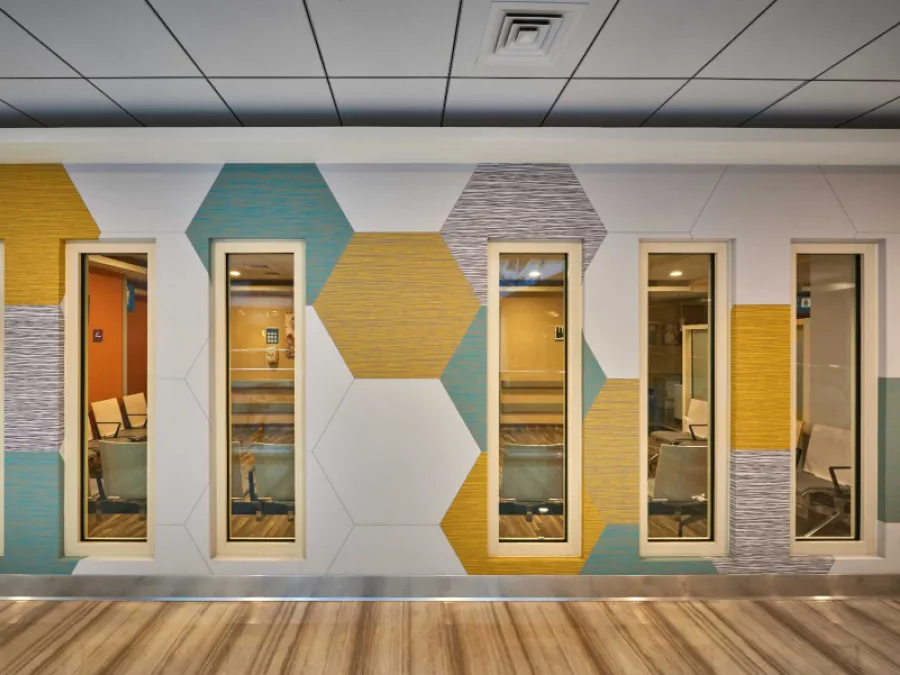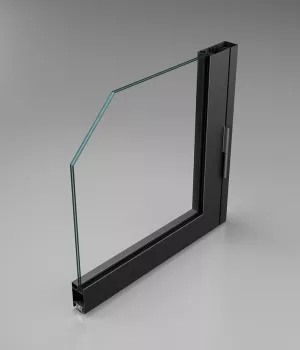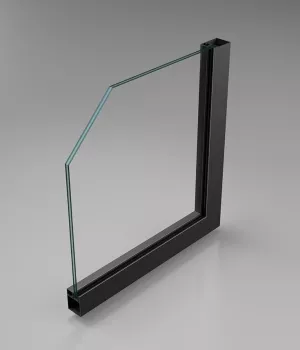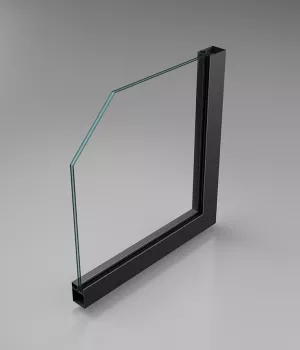Why Fire-Rated Glass is Essential in Hospital Infrastructure

Hospitals are built for healing, but when a fire breaks out, they can quickly become high-risk environments. With crowded hallways, patients who may not be able to move on their own, and critical medical equipment, hospital fire safety is not just a formality; it is a lifesaving requirement.
Glass is used widely in hospitals for its ability to bring in natural light, create open spaces, and maintain hygiene. But not all glass offers the protection needed during emergencies. Standard glass can crack or shatter under intense heat, making things worse. That is where fire-rated glass plays a vital role. It combines visibility with fire resistance and becomes an active part of your hospital’s safety infrastructure.
How Fire-Rated Glass Supports Safe and Efficient Hospital Architecture
In hospitals, glass serves multiple purposes. It adds brightness to interiors, improves hygiene, supports easy cleaning, reduces stress for patients and contributes to a faster recovery.
Common Applications of Glass in Hospitals
-
Corridor partitions and ICU dividers: Help maintain hygiene while allowing medical staff to monitor patients without direct contact.
-
Observation windows in operating theatres: Provide visibility into sterile environments without needing to enter, reducing contamination risk.
-
Nurse stations and waiting areas: Use glass to maintain visual connection while ensuring physical separation between staff and visitors.
-
Lift enclosures, staircases, and hospital lobbies: Enhance openness, allow better navigation, and bring in more natural light.
-
Delivery rooms: Ensure privacy and hygiene while allowing safe visibility for medical supervision.
-
Laboratories: Enable clear observation and containment of sensitive environments while maintaining fire and chemical safety.
While these applications improve hospital design and functionality, they must also meet strict fire safety standards. In critical zones like ICU corridors, emergency exits, or high-occupancy wards, ordinary glass is not enough. Fire-rated glass provides the necessary protection by offering fire resistance without compromising on hygiene or design.

Why Glass in Hospitals Needs to Be Fire-Rated
Hospital spaces use glass extensively. But in areas that must act as escape routes or fire containment zones, glass must do more than provide visibility. It must resist fire, heat, and smoke.
Life Safety & Patient Protection
- Provides safe evacuation routes by containing flames, smoke, and hot gases.
- Gives extra time for patients on stretchers, wheelchairs, or critical care equipment who cannot evacuate quickly.
- Helps staff to carry out evacuation in a controlled and safe manner.
- Limits the spread of smoke – often more dangerous than flames – which is crucial in areas with oxygen supply and medical gases.
- Hospitals rely on expensive diagnostic machines, labs, and medical gas banks.
- Fire-rated partitions protect high-value assets and limit property damage.
Apart from protection, it also supports modern hospital design. It allows more light into patient areas, enhances the psychological comfort of both staff and patients, .
Fire-rated glass helps hospitals avoid the choice between style and safety. It offers both in one solution.
Critical for Health Care Fire Safety
Certain zones in hospitals carry higher risks. These include ICUs, operating theatres, and recovery areas. Patients in these spaces are often immobile, and any delay in evacuation could lead to serious consequences.
At the same time, expensive equipment in these areas is often sensitive to heat or flammable. And if a fire affects the hospital’s backup power systems, the damage can escalate.
Fire-rated glass helps manage these risks by maintaining clear visibility during daily use and transforming into a protective barrier when exposed to fire. Some types of fire-rated glass even turn opaque under high heat to limit the spread of flames and smoke, making them highly effective in compartmentalising danger.

Fire Safety in Hospitals Requires Both Active and Passive Protection
Alarms, sprinklers, and detectors are essential. These are active fire protection systems. But they only work when supported by passive systems like fire-rated walls, partitions, and glass.
In spaces like ICU corridors, staircases, lift lobbies, and refuge zones, passive fire protection is the first line of defence. Fire-rated glass helps keep smoke and flames contained, giving patients and staff more time to evacuate safely and preventing the fire from spreading to other zones.
By combining active and passive fire safety strategies, hospitals create a layered protection plan that is far more effective.
Protecting Lives Starts at the Glass Level
Hospitals exist to care for and save lives. But safety begins with the structure itself. Fire-rated glass plays a crucial role in building hospitals that are ready to handle emergencies without disrupting everyday operations.
It supports health care fire safety, keeps patients safe, and aligns with modern architectural goals. Whether it is in a corridor, an ICU, or a lift lobby, using the right kind of glass can make all the difference.
With Vetrotech’s fire-rated glass solutions, Indian hospitals can meet fire safety requirements, enhance patient care, and move toward a future that is safer, smarter, and better designed.



